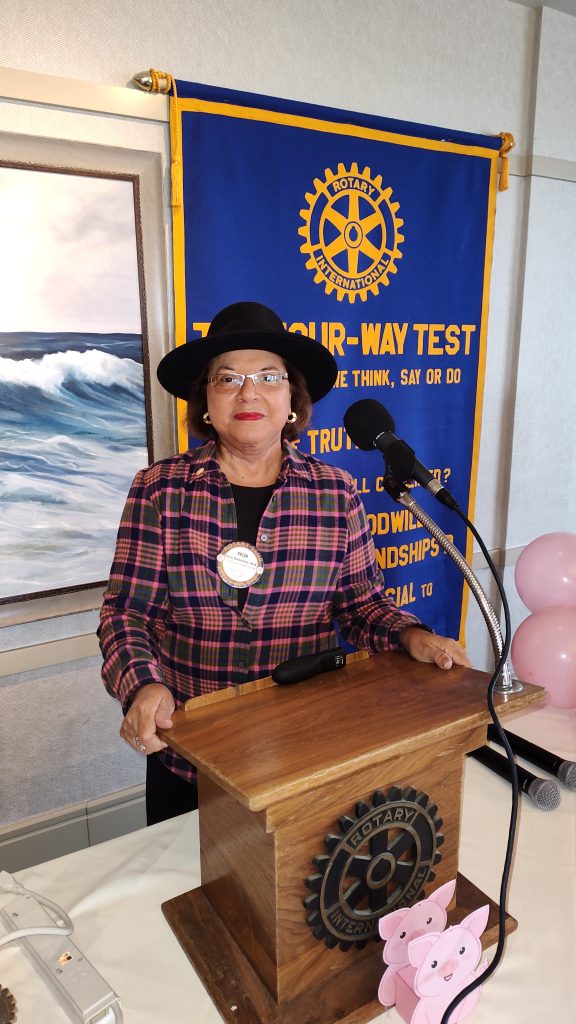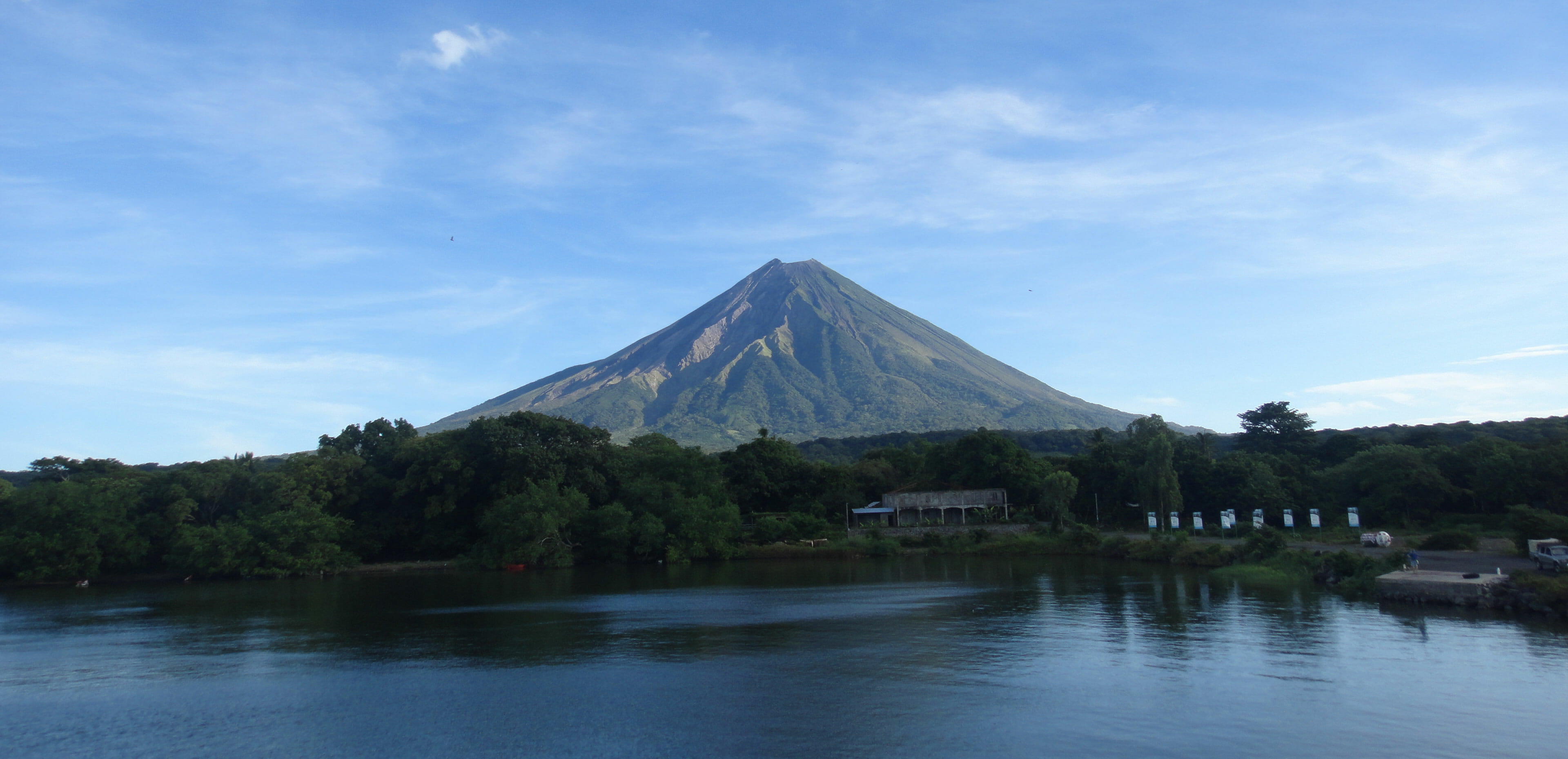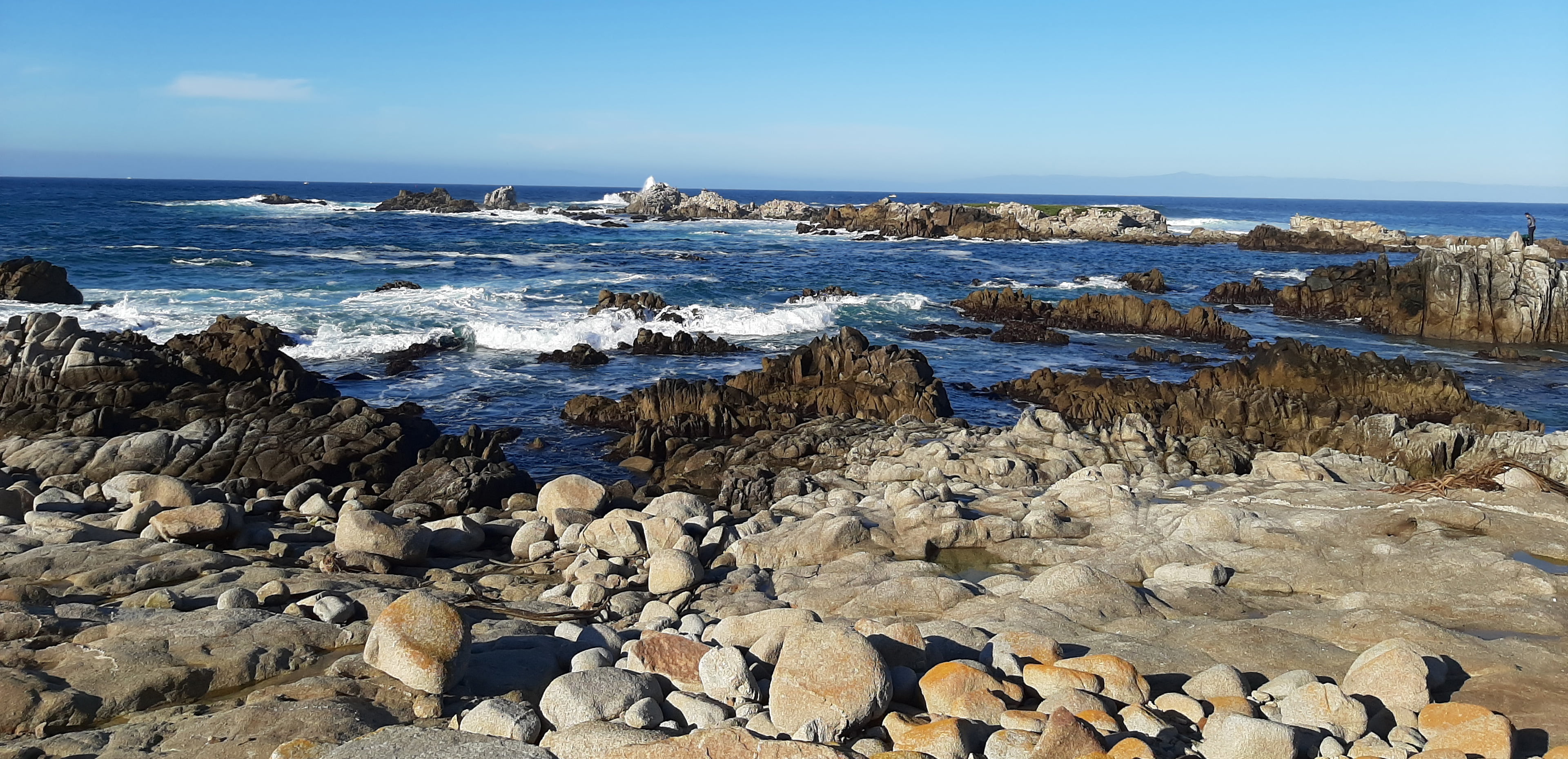THE LIFE OF AN IMMIGRANT

Celia Barberena, Ph.D.
What does an immigrant have in common with everyone else? You know, people that are sympathetic to the infusion of immigrants into the US, and all that we bring, think that with us come our history, struggles, talents, passions, toil and work. Diversity of thought and perspective is thought of as healthy for these people. For others, immigration equals diluting what they think America should be. These divergent thoughts lead to heated debate throughout the land.
I think that immigrants have in common with native born what human beings have in common: birth; growing and learning – from family, community and schools; adulthood meaning: work, striving to succeed, raising and contributing to family and community; retirement and death. As I write about my life, the life of an immigrant, I want to share what I have in common with others, native born or not.
Destiny is used to describe a predetermined course of events in our lives. Is there such a thing as destiny? Or is our life determined by intentional decisions that we make to build our destiny or destination. I cannot say that I knew where I would be now 50 years ago. Was my path determined then? No.
My parents provided the means, advice and support for me to get a valuable platform from where to propel myself in what would happen in the next 50 years. It was my mother that decided that I should attend a bilingual school and, by acting on this desire, she started to make decisions that propelled me to the next step and then the next.
She was born in 1915 in Granada, Nicaragua. She would had like to have a life like mine, maybe better, however, in her days, in her world, women did not attend college. The best they could do is marry well. In making the decision of who to marry maybe she propelled my destiny so that I could have the life that she wished for herself.
I learned so much from both of my parents, so much that I am just beginning to decipher where they end and I begin. This Blog is intended to document that which was given to me and what I did with it.
BLOG
- CURRENT POSTS-
This home page contains the beginning of my story.
To continue to read about my journey as I move through life, please click the Blog link.
I hope you are motivated to continue to read this immigrant’s story.
Intrinsic Benefits of A Pathway of Public Service
 (CNN) – When Celia Barberena retired from a decades-long career in higher education in 2012, she was again presented with the dilemma of what she wanted to do with her life. Some see retirement as a time for waking up late and not feeling any pressure. But Barberena wanted a challenge, something to which she could dedicate her energy — so at 67, she decided that challenge was volunteering.
(CNN) – When Celia Barberena retired from a decades-long career in higher education in 2012, she was again presented with the dilemma of what she wanted to do with her life. Some see retirement as a time for waking up late and not feeling any pressure. But Barberena wanted a challenge, something to which she could dedicate her energy — so at 67, she decided that challenge was volunteering.
“If you don’t have stress, good stress, then you decline,” Barberena, a Latina woman living in Pacific Grove, California, said. “You have to have some place where you go think and connect and produce.”
In addition to helping her continue to dedicate her life to helping her community, volunteering also helps keep her mind sharp, Barberena believes. New research backs her up: Volunteering has been linked with better scores on tests of cognitive function, according to research presented Thursday at the Alzheimer’s Association International Conference in Amsterdam.
“Volunteers are cornerstones of all communities and imperative to the success and impact of many organizations,” said Donna McCullough, chief mission and field operations officer at the Alzheimer’s Association, in a news release. “We hope these new data encourage individuals of all ages and backgrounds to engage in local volunteering — not only to benefit their communities, but potentially their own cognitive and brain health.”
Previous studies have found positive links between volunteering and cognitive function. However, when it comes to the new research, “the difference here is that it’s never been shown with a diverse population,” said Maria C. Carrillo, chief science officer of the Alzheimer’s Association, who wasn’t involved in the research.
Forty-four percent of nearly 2,500 participants hadn’t finished college, and when it comes to race or ethnicity, 20% were White, 14% were Hispanic or Latinx, 17% were Asian and 48% were Black. These adults were around age 74 on average and had participated in the Kaiser Healthy Aging and Diverse Life Experiences Study or the Study of Healthy Aging in African Americans.
“Volunteerism in a White community has been shown to be beneficial,” Carrillo said. “The question is, does this replicate into a more diverse cohort?”
Yes, the paradigm does, in fact, exist in diverse communities. Among these adults, volunteering in the year before the study was associated with better scores on tests of executive function and verbal episodic memory, regardless of how they differed in age, sex, education or income.
Executive function involves mental processes that help us plan, focus attention, remember and prioritize tasks. In the latest research, verbal episodic memory referred to a person’s ability to recall details from stories and/or lists of words, said Yi Lor, first author of the research.
Those who volunteered several times per week had the highest levels of executive function.
“This is the first time that the association between volunteering and cognition has been explored in a study cohort that is diverse and represents the different racial/ethnic groups of the US,” said Lor, a doctoral student of epidemiology at the University of California, Davis, via email.
The authors didn’t have details on whether the participants were later diagnosed with Alzheimer’s disease or dementia, just data on cognitive symptoms that have been associated with these diseases. But the research team is following the participants as they age to determine whether volunteering is also associated with reduced risk of developing them, Lor said.
How volunteering helps the brain
Now 75, Barberena has her hands full — she is chair of the speaker’s committee at her city’s rotary club and a member of the worship associates at her church, where she helps plan services for the whole year. She is also on the board of directors for two local nonprofits: an arts organization for youth and the Blind & Visually Impaired Center of Monterey County, “a near and dear organization because my now deceased husband was vision impaired,” she said via email.
Barberena thinks volunteering helps maintain her cognition by engaging her memory, verbal and reasoning skills, she said. “What also happens is that as a retiree, you become isolated,” she added. “Loneliness and not being able to be in touch with people also leads to depression or anxiety or insomnia, and all of those affect cognition.”
Volunteering has given her purpose, meaning and friends, “which are invaluable to my mental health and overall quality of life,” Barberena said.
This tracks with what experts think could be the reasons behind the research findings. Previous studies have found socializing and physical activity, both often involved in volunteering, to be beneficial for brain health.
Positive connections
Additionally, “it’s the idea of feeling very positive about what you’re doing,” Carrillo said. “That positivity is really a positive feedback loop that helps us. It combats depression, it combats mental health issues — that we might have as we age — that include loneliness.”
If you want to start volunteering, check with hospitals, museums, houses of worship or political committees. If you don’t know what to get involved in, the Alliance on Aging’s peer counseling can help those living in California’s Monterey County find something, Barberena said. The AARP’s Volunteer Portal could help you find opportunities in other states.
If your physical or transportation abilities are limited, “you can do so many things online nowadays,” she added. The AARP’s database of virtual opportunities is one place to look.
Not being able to volunteer all the time doesn’t mean you should avoid it altogether — “even a little bit is good for brain health,” Lor said. “Volunteering can take many forms, so people should find something that they enjoy and gives them personal satisfaction.”
CLICK HERE to read the original article.
Recent Professional Experience
Community Activist – Engagement with organizations that improve the educational advancement of the youth and the lives of residents of Monterey County. Here are some examples:
- Present Member of the Board of Directors of the Blind and Visually Impaired Center in Pacific Grove and Member of the Executive Committee as Vice-President of the Board;
- Present Member of the Board of Directors, Palenke Arts, Seaside;
- Past Member and Past President of the Board of Directors, Chamber Music Monterey Bay;
- Past Coordinator of Community Services at Salinas Valley Memorial Hospital Medical Museum which presents a hands-on curriculum on the practice of medicine in the past 100 years to elementary schools children; promoting outreach to high schools to increase the number of high school students in nursing and science track academies;
- Member of Pacific Grove Rotary Club;
- Ambassador for the Pacific Grove Chamber of Commerce.
2012 – Present President Emeritus/Chabot College
2008 – 2012 President, Chabot College, Hayward, CA, a community college with an enrollment of 15,000 students
1996 – 2007 Vice-President, Student Services, Hartnell College, Salinas, CA. a community college with an enrollment of around 10,000 full time equivalent students

